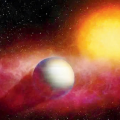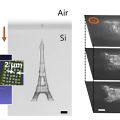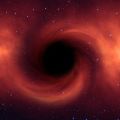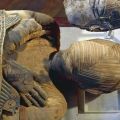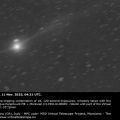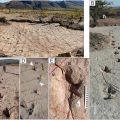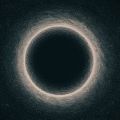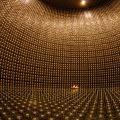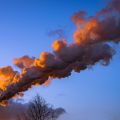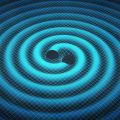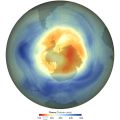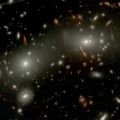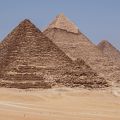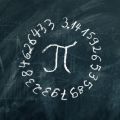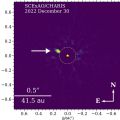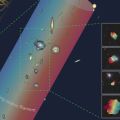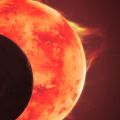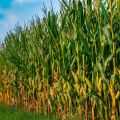Grain en arc - Définition
Source: Wikipédia sous licence CC-BY-SA 3.0.
La liste des auteurs de cet article est disponible ici.
La liste des auteurs de cet article est disponible ici.
Bibliographie
- Burgess, D. W. et B. F. Smull, 1990: Doppler radar observations of a bow echo with a long-track severe windstorm. Preprints, Preprints, 16th Conf. on Severe Local Storms, Kananaskis Park, AB, Canada, American Meteorological Society, 203-208.
- Businger, S., T. Birchard, K. Kodama, P. A. Jendrowski et J. -J. Wang, 1998: A bow echo and severe weather associated with a Kona low in Hawaii. Wea. Forecasting, 13, 576-591.
- Hamilton, R. E., 1970: Use of detailed radar data in mesoscale surface analysis of the July 4, 1969 storm in Ohio. Preprints, 14th Radar Meteorology Conf., Tucson, AZ, Amer. Meteor. Soc., 339-342.
- Johns, R. H. 1993: Meteorological conditions associated with bow echo development in convective storms. Wea. Forecasting, 8, 294-299.
- Jorgensen, D. P. et B. F. Smull, 1993: Mesovortex circulations seen by airborne Doppler radar within a bow-echo mesoscale convective system. Bull. Amer. Meteor. Soc., 74, 2146-2157.
- Klimowski, B. A., M. J. Bunkers, M. R. Hjelmfelt et J. N. Covert, 2003: Severe convective windstorms over the northern High Plains of the United States. Wea. Forecasting, 18, 502-519.
- Leduc, M. et P. Joe, 1993: Bow echo storms near Toronto Canada associated with very low buoyant energies. Preprints, 17th Conf. on Severe Local Storms, St. Louis, MO, Amer. Meteor. Soc., 573-576.
- Lee, W. -C., R. M. Wakimoto et R. E. Carbone, 1992: The evolution and structure of a "bow-echo-microburst" event. Part II: The bow echo. Monthly Weather Review, 120, 2211-2225.
- Schmidt, W., H. Schiesser, M. Furger et M. Jenni, 2000: The origin of severe winds in a tornadic bow-echo storm over northern Switzerland. Monthly Weather Review, 128, 192-207.
- Staudenmaier, M.J. et S. Cunningham, 1996: An examination of a dynamic cold season bow echo in California. NWS Western Region Technical Attachment 96-10.
Dommages associés
Les dommages causés par les lignes de grain et les grains en arc sont aussi importants que ceux générés par les tornades aux États-Unis et plus fréquents. Alors qu'une tornade est un événement de très petites étendues, les grain en arc peuvent couvrir de très grandes distances, causer des vents de 160 km/h ou plus et donc donner une surface de dégâts très vaste.






